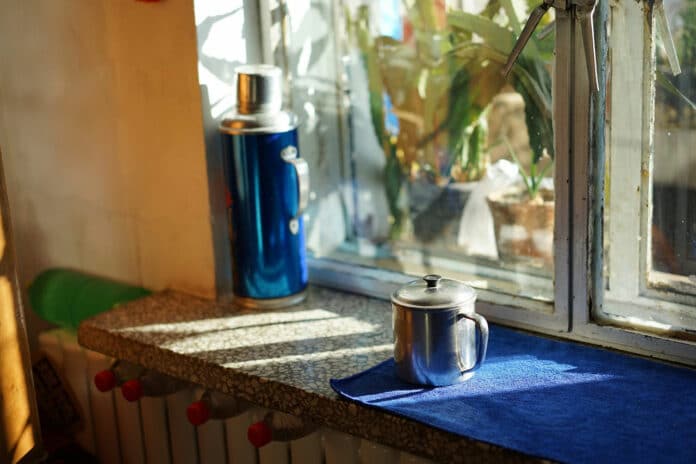If your garret is full of stuff you no longer use but can’t bear to give away, then this new solution is for you. Scientists at the Ohio State University discovered another way to preserve memories as they found that people were more willing to give away unneeded goods that still had sentimental value.
According to scientists, this way could help parents with old baby clothes they no longer need. It even could help a former athlete give up a favorite basketball or hockey stick.
Rebecca Reczek, the co-author of the study, said, “What people really don’t want to give up is the memories associated with the item. We found that people are more willing to give up these possessions if we offer them a way to keep the memory and the identity associated with that memory.”
Scientists actually got the information from Karen Winterich’s story. Karen Winterich is an associate professor of marketing at Pennsylvania State University. Scientists involved 797 students at Penn State who lived in six residence halls on campus. At the end of the fall semester, the researchers advertised two different advertising campaigns before the students left for the holidays. The campaigns were a memory preservation campaign and a control campaign.
Winterich said, “The project got started when I realized I was keeping an old pair of basketball shorts just because they reminded me of beating a major rival basketball team in junior high.”
“I didn’t want the shorts. I wanted the memory of winning that game, and that’s what I thought of when I saw the shorts. A picture can easily mark that memory for me, and I can donate it so someone else can use it, which is even better.”
In the memory preservation campaign, signs in the residence hall bathrooms stated, ‘Don’t Pack up Your Sentimental Clutter…Just Keep a Photo of It, Then Donate.’ At the other side, ‘Don’t Pack Up Your Sentimental Clutter, Just Collect the Items, Then Donate.”
Scientists found that 613 items were donated in the halls that hosted the memory preservation campaign, whereas 533 items were found in the control campaign.
Reczek said, “The results show it may be relatively easy to break our old habits of clinging to some of our possessions with sentimental value.”
“It is not terribly surprising that we can keep the same memories alive just by taking a photo of these possessions, but it is not a natural behavior. It is something we have to train ourselves to do.”
Scientists also conducted other related experiments. They found that not only the memories associated with the things they donated but also the identities linked to those memories.
Reczek said, “These memories connected to possessions are a carrier for identity. It is this reluctance to give up a piece of our identity that is driving our reluctance to donate.”
“This memory preservation strategy won’t work for items that don’t have sentimental value. It also won’t work for items you want to sell instead of donating.”
“It may not work for something that has a lot of sentimental value, like a wedding dress.”
Winterich said, “By using this memory preservation strategy, everyone can benefit by de-cluttering their home. We hope that it will not only make it easier for people to clear out clutter, but it will also help spur the donation process, benefiting nonprofits and the recipients that they serve.”
